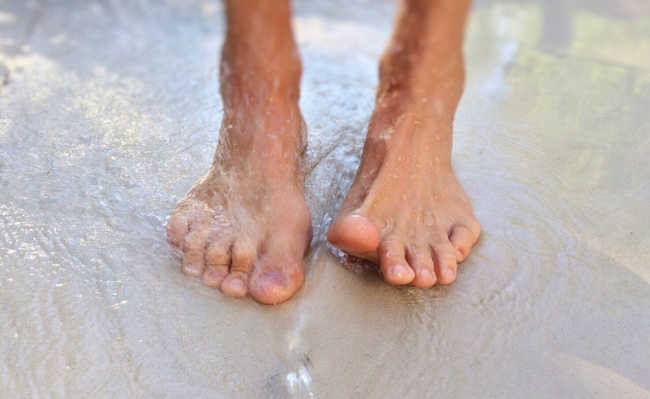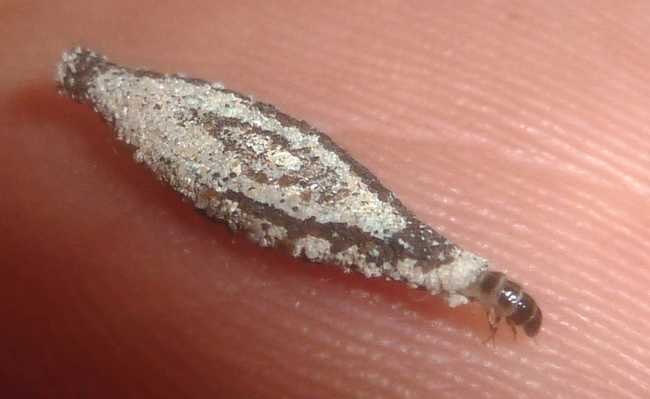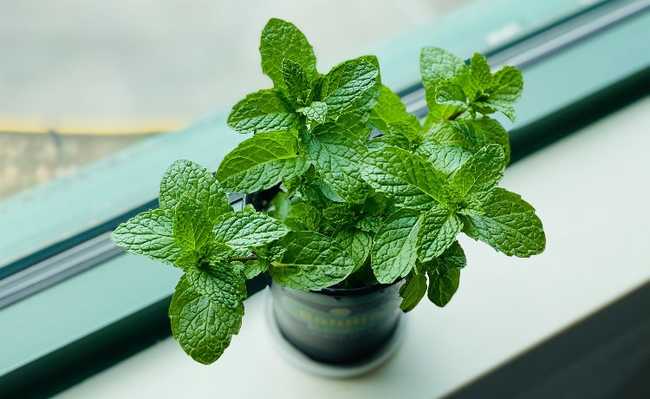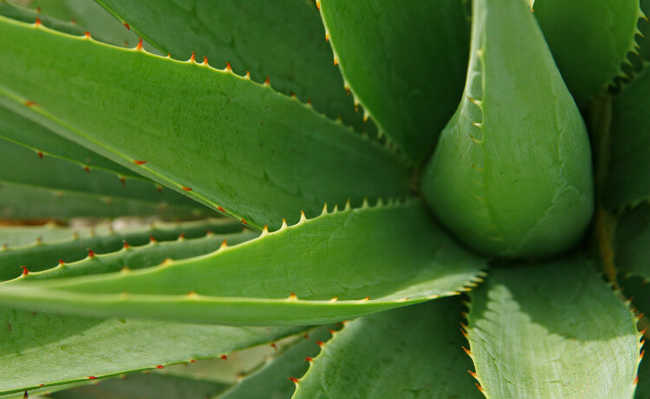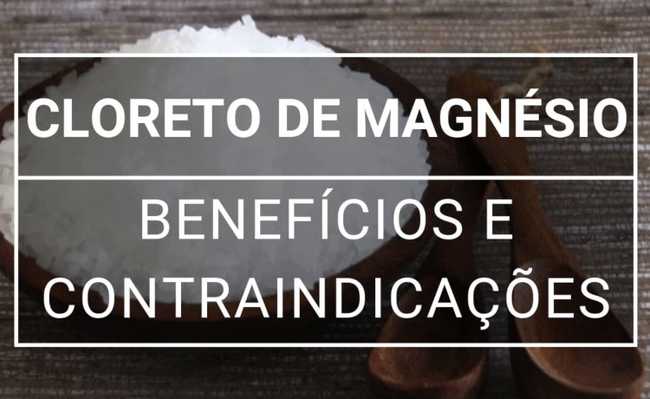Moisturizing creams: three homemade recipes
See how to make homemade moisturizing creams with different texture recipes

chezbeate image by Pixabay
Hydration creams that are sold in beauty stores and pharmacies have ingredients that the vast majority of people are unaware of, such as caprylic triglycerides, petrolatum, betaine and isopropyl myristate. It is normal for us to be afraid whether we buy the product or not, because it is not possible, without prior research, to know what we are going through on our skin. Therefore, making a homemade moisturizer for the face and body is a great choice: in addition to being more affordable, you also know exactly which ingredients are present in your cream.
- Learn about the health risks of using conventional moisturizers
Check out three homemade recipes for making your own moisturizing creams. Choose what consistency you prefer for the cream and what part of your body you will use it on and use a scale, equating "one part" to 28 grams. This will give you a fair amount of cream to work with.
Moisturizing creams - homemade recipes
1. Homemade face cream - hard consistency
Easier to make (has the consistency of butter in a cold environment)
This type of moisturizing cream is perfect for the face, hands or other places where hydration is needed. To do this, you must separate two parts of liquid oil (it can be olive, sweet almonds, avocado or whatever you want), three parts of some liquid (distilled water, tea, witch hazel, aloe vera juice, rose water, orange blossom water, etc.), one part beeswax and two parts coconut oil;
2. Homemade moisturizing cream - medium consistency
Medium difficulty (has the consistency of softened butter)
For this recipe, use three parts liquid oil (olive, sweet almonds, avocado or whatever you want), ten parts some liquid (distilled water, tea, witch hazel, aloe vera juice, rose water, orange blossom water, etc.), one part beeswax, three parts coconut oil, two parts cornstarch and five parts honey (optional, but contributes to the homogenization of ingredients);
3. Body moisturizer
Greater difficulty (has the consistency of most store-bought lotions)
This type of moisturizing cream is perfect for the body and can be used on the legs, arms or other large areas of the body. To make it, you'll need four parts of liquid oil (olive, sweet almond, avocado or whatever you want), 15 parts of some liquid (distilled water, tea, witch hazel, aloe vera juice, rose water, orange blossom water etc.), one part beeswax, four parts coconut oil, four parts cornstarch and five parts honey. In this recipe, the use of aloe vera juice is recommended, which allows for greater unity among the ingredients. If you like, add a few drops of essential oils.
- Essential Oils: A Complete Guide
Before starting, decide which vegetable and essential oil you are going to use. When choosing, consider the desired treatment or the expected scent of the lotion. Here you can see the oil you like best. Then choose which liquid you would like to use.
The best way to keep a product consistent is to measure ingredients by weight. A kitchen scale would be ideal. And for all recipes, you will need to melt the ingredients using the stove or microwave, except for the liquid.
The best way to make the cream is:
- Melt everything together (except the liquid and cornstarch) on the stove or in the microwave;
- In a separate pot or container, heat the liquid, preferably on the stove, until it is very hot or close to boiling point;
- Pour the liquid into the food processor (or blender) and close the main lid, but leave the inner lid open;
- While the appliance is in operation, slowly pour in the mixture of other melted ingredients together with the water.
When you add the ingredients, the mixture will likely "fly" through each slot in your food processor or blender. Remove the cap and scrape the lotion into the main container. Then scrape the sides of the processor. The more the mixture unites and solidifies, the less it will "fly" to the top. And after doing this process about 5 times, hardly anything will come off, and this is the sign that the mixture is ready.
At this stage, remove the lid from the food processor and place the main container in your Freezer for a few minutes. Then remove it and mix again. It is recommended that you repeat this process a few times until you are sure that the oils and liquids have joined. The fastest way to agglomerate these ingredients is by mixing, scraping and freezing them. After a few hours, the homemade moisturizing cream will solidify even more.
This whole process is generally easier with the “hard” cream recipe and a little more complicated with the “soft” cream recipe. So, if you are just starting out in the world of homemade cosmetics, it is recommended that you start with the hard texture and then move on to the more difficult methods of preparing homemade moisturizer.
Read more about using coconut oil as a moisturizer:
- Natural coconut oil: what is it for and how to use it
- Coconut oil on hair: benefits and how to use
- Coconut oil is good for the skin. Understand and learn how to use

